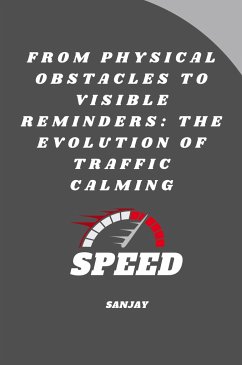Our streets have always served a dual purpose: facilitating movement and creating vibrant public spaces. However, the rise of automobiles in the 20th century often tipped the scales towards prioritizing speed over safety and community. Traffic calming emerged as a response to this imbalance, aiming to create safer and more livable environments. This evolution of traffic calming strategies reflects a shift from solely relying on physical obstacles to incorporating psychological cues and fostering a culture of shared responsibility.The Early Days: Physical Barriers and EnforcementThe initial attempts at traffic calming were quite blunt. Speed bumps, median barriers, and chicanes (S-shaped road curves) were physically imposed on streets, forcing drivers to slow down. These measures were undeniably effective in reducing speed, but they often came with drawbacks. Speed bumps could be jarring for drivers and cyclists alike, while median barriers could restrict access for emergency vehicles. Additionally, heavy reliance on physical obstacles placed the burden solely on enforcement, potentially fostering a sense of resentment among drivers.
Bitte wählen Sie Ihr Anliegen aus.
Rechnungen
Retourenschein anfordern
Bestellstatus
Storno









